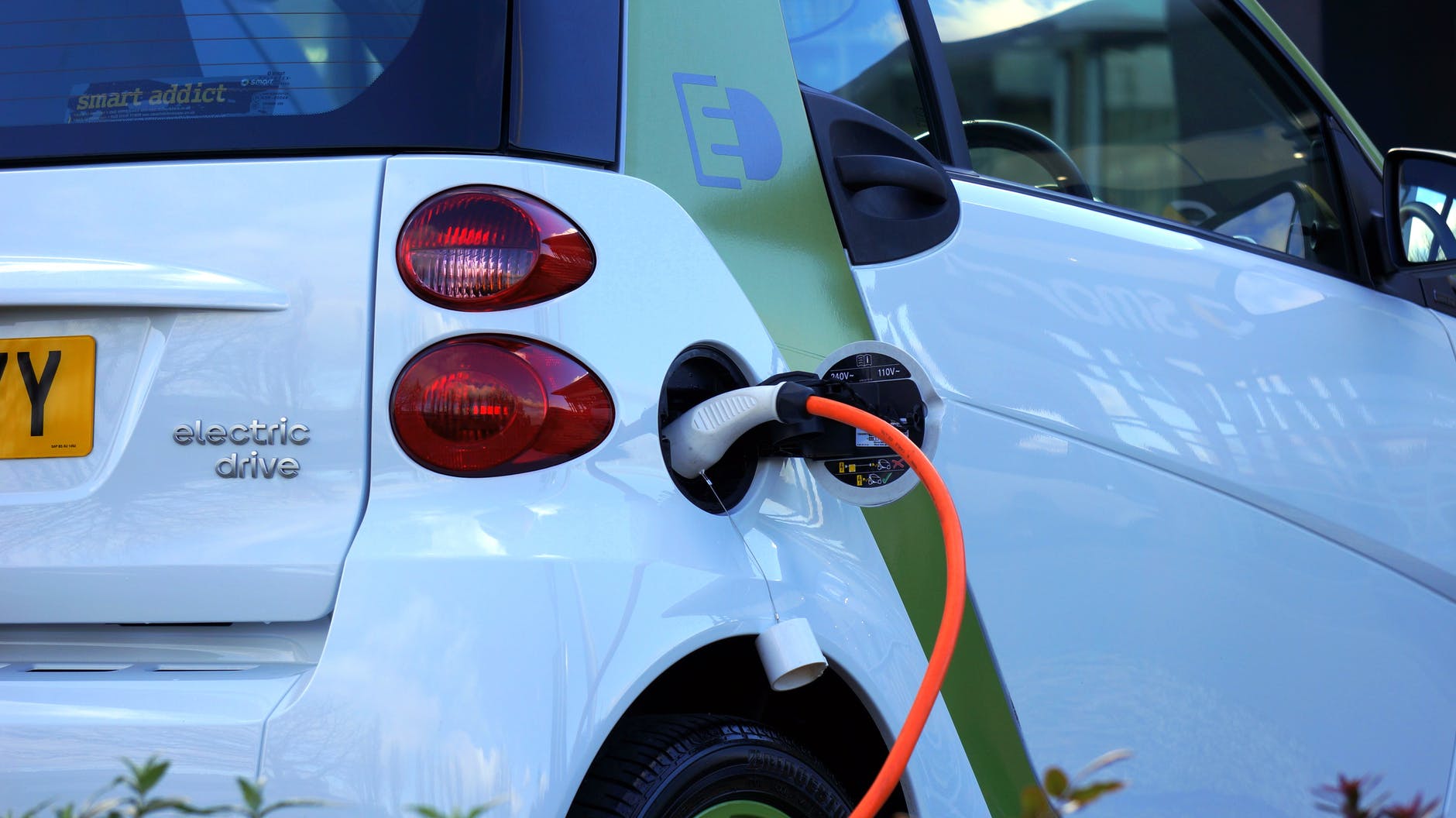The following is my transcript of my public testimony, given February 22, 2021 at the public hearing for the Clean Cars Minnesota rulemaking. It may differ slightly from the transcript that is a part of the public record.
Thank you, your honor.
Hello. My name is Aaron Hurd.
I’m a resident of Minnetonka, Minnesota and I am speaking on behalf of myself, in support of adopting the Clean Cars Minnesota rule.
My comments are approximately 4 minutes and 45 seconds long and I want to address two points today about the need for and reasonableness of the Clean Cars Minnesota rule.
My first point is that this rule is needed because it corrects a market inefficiency.
I drive a 2019 Hyundai Ioniq Plug-In Hybrid.
Because my vehicle is a plug-in hybrid, most of my in-town commuting is on electric power. Substantively all of my charging is done at home, from a standard 120V outlet, and I fill up my gas tank approximately every 1,500 miles, usually when I am taking a longer road trip. Several times a year, I drive my car from the Twin Cities to Des Moines, Iowa, and back. Even in the winter, my car makes the entire round-trip using a single 11 gallon tank of gas.
In the interest of correcting the perception that clean cars are expensive, I purchased my vehicle, new with the upgraded trim including leather and heated seats. My price after tax credit was $20,679.
I wanted to buy this car in Minnesota, but I couldn’t. Because Hyundai sells many of its EV and PHEV cars only in states that have adopted the Clean Car Standards, Hyundai and the Hyundai dealerships I talked to wouldn’t sell this car in Minnesota. So, I was forced to purchase this car from a dealership out of state. In my case, this was in Maryland. That means that the State of Minnesota lost the opportunity to have that money I spent stay in our community to create jobs and support local industry. I am certain that I am among hundreds, maybe thousands of people who, every year, are forced to take their money out of state to buy the car they want.
So, the money we spend on electric cars is already flowing out of state. Unless and until we adopt the Clean Car Standards, this market inefficiency will continue and an ever increasing number of Minnesotans will end up taking their dollars out of state to purchase their cars.
The second point that I want to make is about how the Clean Car Standards will benefit Greater Minnesota and addresses questions of reasonableness that I hear raised from time to time.
I’ve heard a lot of criticism that adopting the Clean Car Standards is not reasonable because the Clean Car Standards will only benefit people in the Twin Cities. This is based on the fact that people living in Greater Minnesota have different needs than people living in the Twin Cities. They need larger sedans and SUVs. They need vehicles with extended range. They don’t have as much access to public electric vehicle charging infrastructure.
And all of these concerns are valid.
But a point that is frequently ignored, often in bad faith, is that not every electric vehicle is a Nissan Leaf, a Chevy Bolt, or a Tesla.
Maybe someone in Greater Minnesota needs a compact sport utility vehicle like the Subaru Crosstrek PHEV or the Toyota Rav4 Prime. Or maybe they just need a comfortable midsize sedan that can get their family across the state, like the Kia Optima or the Hyundai Sonata plug-in hybrids. Or maybe they would want to drive a super-efficient super-cool Hyundai Ioniq.
Every single one of the cars I listed is a plug-in hybrid. For around-town trips, these vehicles have between 17 and 42 miles of electric range. Every single one of these vehicles requires no charging infrastructure beyond a standard 120V outlet. They charge at night, when power is abundant. While charging, they put about as much load on the electric grid as a residential dishwasher. If someone needs to go on a longer trip, every single one of them has at least 480 miles of range before needing to fill the gas tank. Including federal tax credits, the most expensive of these cars is about $31,000. This is list price, and from my experience consumers often end up paying less than the list price for cars.
Clearly the characterizations of electric and plug-in vehicles as vehicles that nobody wants, have limited range, overburden our power grid, require homeowners to make expensive upgrades to their homes, and are wildly expensive are all false.
The cars I just mentioned are all affordable, desirable options for a single car household or for a family living in greater Minnesota.
The other thing that these cars have in common? Today, none of these vehicles can be purchased in Minnesota because they are only sold in states that have adopted the Clean Car Standards.
Minnesota adopting the Clean Car Standards would provide the incentives that fix this and make the clean cars that people want and can use available in Minnesota.
This concludes my comments.
Thank you for allowing me to participate in this hearing.
